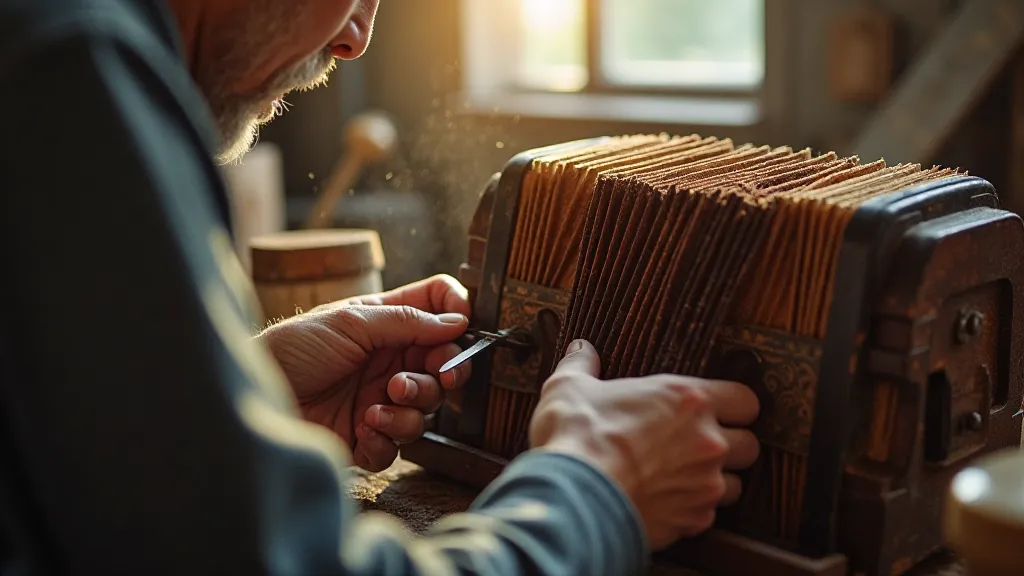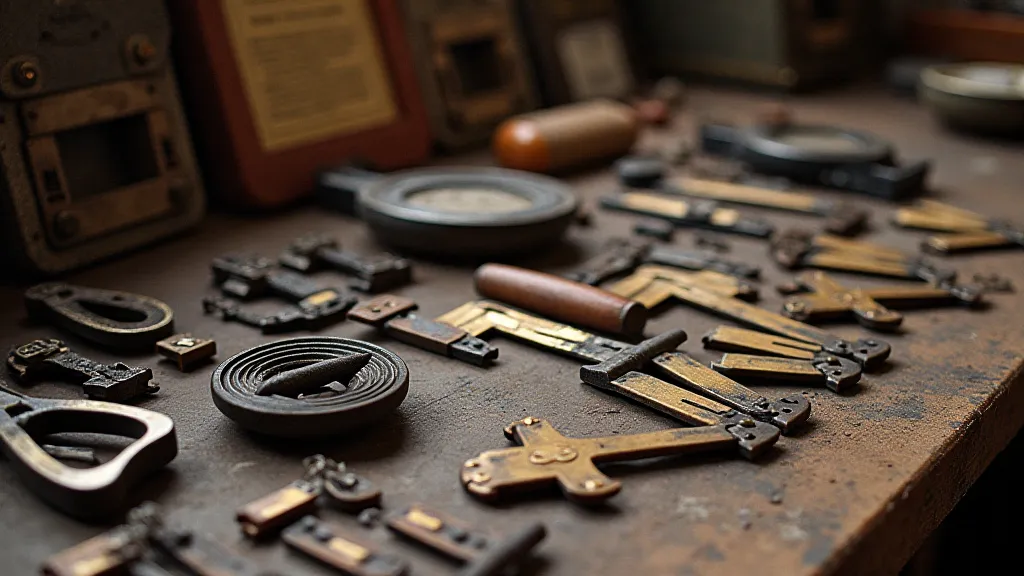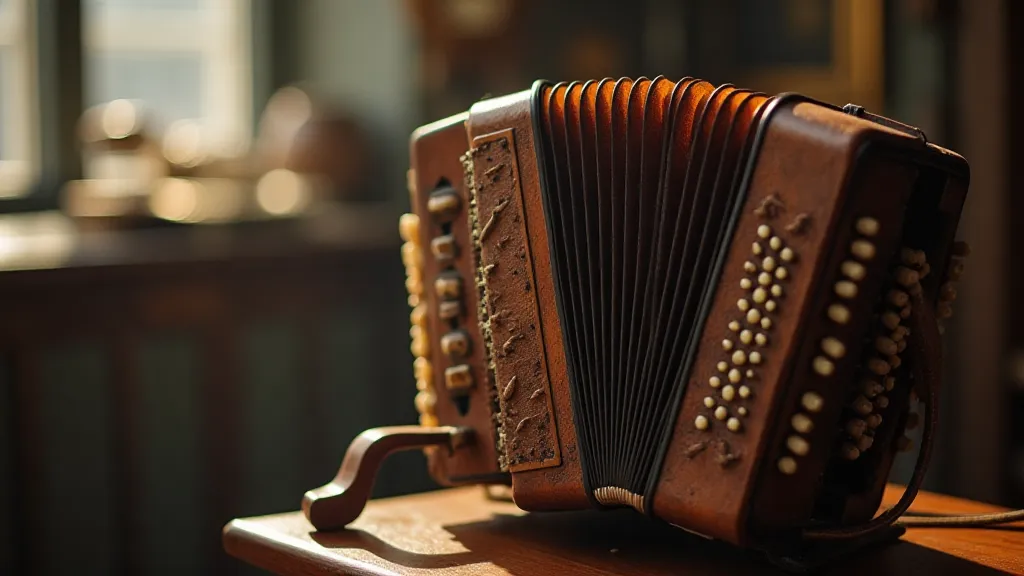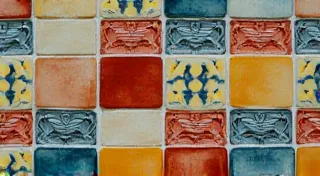The scent of aged leather, the creak of bellows, the mournful yet captivating sigh of an accordion—these are sensory echoes of a bygone era. It's a smell and sound that immediately transports me to my grandfather’s workshop, a haven filled with the tools of his trade as a master craftsman. He repaired antique accordions, meticulously restoring them to their former glory. Watching him, I learned a profound respect for the artistry involved, the dedication to detail, and the understanding that even seemingly rigid structures could be brought back to life with patience and care. This principle, I’m discovering, applies as much to the world of board games as it does to antique instruments.
The tabletop gaming landscape isn’t a static entity. It’s a vibrant, ever-shifting ecosystem – a cosmos of cardboard, miniatures, and dice – perpetually shaped by forces both predictable and entirely unexpected. While game news often focuses on the latest releases and crowdfunding successes, the true story lies in discerning the underlying currents, the emerging trends that will define the future of our beloved hobby. Just as my grandfather understood the inner workings of his accordions – the mechanics, the materials, the historical context – we must strive to comprehend the forces shaping the board game world.

Nostalgia, a powerful and often underestimated force, continues to play a significant role. The resurgence of classic games like Ticket to Ride and Carcassonne isn't just about comfort; it’s about rediscovering elegant design principles. But the nostalgia isn’t a simple recreation. Modern interpretations build upon those foundations, incorporating updated mechanics and enhanced production values. We’ve seen this trend reflected in a renewed appreciation for strategy games, even those with deeply-rooted historical influences. We’re not just yearning for what we *remember*; we’re seeking evolved versions – games that capture the essence of the past while offering a fresh and engaging experience. The success of Gloomhaven, drawing heavily from dungeon crawler traditions but innovating on cooperative gameplay, is a prime example. For those new to the genre or looking for a deeper dive, exploring resources that provide a comprehensive guide to scoring in Gloomhaven can be incredibly helpful. The yearning for familiar archetypes – exploration, combat, resource management – is always present, but the execution demands a modern sensibility.
The rise of crowdfunding platforms like Kickstarter and Gamefound has irrevocably altered the traditional board game distribution model. It’s democratized the design process, allowing independent creators to bypass the gatekeepers of established publishers. While this has led to an explosion of creativity and niche titles, it has also presented challenges. The bar for quality control seems to have, at times, been lowered, and the sheer volume of projects can be overwhelming for consumers. However, the direct connection fostered between designers and their audience – a connection reminiscent of my grandfather's relationships with his clients, where he’s not just repairing an instrument but understanding its history and the player’s connection to it – is a powerful advantage. The rise of print-on-demand services is another crucial element. Smaller publishers can now test market game ideas and keep costs low, leading to more experimentation and a broader range of options for players. This accessibility isn’t limited to publishing; it extends to the way games are designed and experienced. A key to successfully navigating the landscape is understanding fundamental concepts like understanding worker placement, a mechanism used extensively across many crowdfunded titles.
Predicting which game mechanics will dominate is a tricky proposition. Worker placement remains a staple, but we're seeing increasingly sophisticated implementations that move beyond the basic formula. Legacy games, while initially a phenomenon, seem to be evolving towards more modular and accessible formats, allowing for repeated playthroughs and a reduced commitment. The integration of narrative elements is becoming increasingly prevalent. Games aren’t just about winning or losing; they’re about experiencing a story, making meaningful choices, and forging a shared narrative with other players. This emphasis on storytelling aligns with a broader cultural shift towards immersive experiences, mirroring the way a finely restored accordion can transport a listener to a different time and place. The subtle nuances of tone and melody, just like a well-crafted game mechanic, elicit emotion and create a memorable impact. The importance of family game nights and accessible gameplay continues to grow, and for those seeking inspiration, exploring the top 5 family board games provides a fantastic starting point. Understanding the principles behind accessible design goes beyond just simplifying rules; it’s about creating an inclusive and enjoyable experience for everyone at the table.

Perhaps the most significant trend shaping the future of board games is the increased focus on accessibility. This isn’t just about reducing the complexity of rules; it’s about designing games that cater to a wider range of players, including those with disabilities. Larger fonts, colorblind-friendly designs, and adaptable rule sets are becoming increasingly common. It’s a paradigm shift that considers not only the technical aspects of gameplay but also the emotional and social experience of playing together. The success of games that appeal to families and casual gamers underscores the potential for growth within this segment. Just as my grandfather would patiently explain the workings of an accordion to a curious child, the board game industry is recognizing the importance of fostering a welcoming environment for new players. This expanding audience demands greater attention to design, not just in rules, but in visual appeal and intuitive gameplay. The focus extends beyond just making games easier; it's about creating truly enjoyable and inclusive experiences.
For years, the board game world has been somewhat divided along stylistic lines – the strategic, resource-management-focused Eurogames versus the thematic, dice-rolling Ameritrash games. However, we’re witnessing a fascinating convergence of these approaches. Designers are increasingly drawing inspiration from both styles, creating games that offer strategic depth *and* compelling thematic experiences. This blending of aesthetics and mechanics creates a more diverse and nuanced gaming landscape – a landscape as rich and varied as the repertoire of an accordion, capable of expressing a wide range of emotions and styles. We see this in games that seamlessly blend strategic resource management with a compelling narrative, or that incorporate intricate mechanics into a richly thematic setting.

The intersection of tabletop gaming and broader cultural trends continues to be fascinating. The rise of games with beautiful artwork and intricate components, like Wingspan, isn’t just about gameplay; it’s about creating a complete sensory experience. Many players enjoy the aesthetic components as much as, or even more than, the core mechanics. The appreciation for detail and craftsmanship echoes the care that my grandfather took in restoring antique instruments. It’s a recognition that games can be works of art, capable of inspiring awe and wonder. Exploring strategies in popular titles, like Wingspan, can provide deeper insight into this trend and demonstrate how art and mechanics can be seamlessly integrated.
The future of board games is being shaped by a complex interplay of factors – technological advancements, changing consumer preferences, and the creativity of countless designers. It’s a dynamic ecosystem, full of surprises and opportunities. To anticipate—and potentially shape—that future, we must embrace a mindset of continuous learning and observation. We need to understand the past, appreciate the present, and remain open to new possibilities. Just as my grandfather devoted his life to preserving and restoring antique accordions, we, as enthusiasts and designers, have a responsibility to nurture and cultivate the vibrant world of board games – ensuring that its music continues to resonate for generations to come. The dice have fallen; now, let's see what they reveal.





